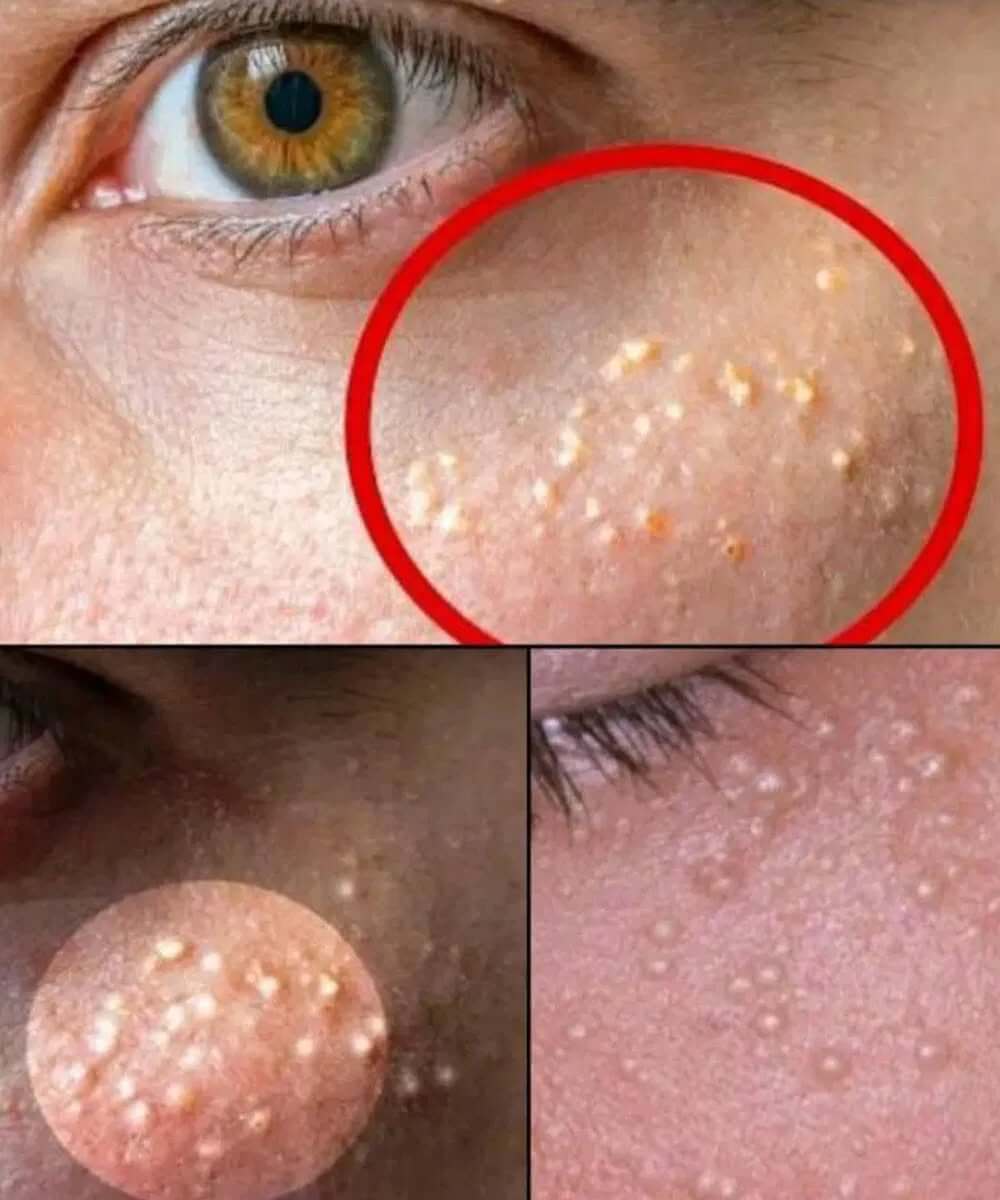Noticing small white bumps on areas like your cheeks, forehead, or around your eyes can be concerning. These tiny blemishes are typically milia—harmless yet sometimes bothersome formations caused by trapped keratin under the skin’s surface.
What Exactly Are Milia?
Milia are small, white cysts that develop when dead skin cells become trapped beneath new layers of skin, forming hardened bumps. Unlike pimples, they don’t have an opening on the skin’s surface, making them tough to remove without proper care. While they’re medically harmless, they can be cosmetically frustrating.
Common Causes of Milia
Milia occur when dead skin cells don’t slough off properly, causing buildup beneath the skin. These hardened cells form keratin-filled cysts. Beyond normal skin turnover issues, other causes include:
Prolonged sun exposure that thickens the skin
Skin damage from burns or injuries
Long-term use of steroid-based creams or ointments
Genetic disorders or autoimmune responses in rare cases
Where Milia Commonly Appear
Though most frequently found on the face, milia can show up in various parts of the body. These areas include:
Eyelids or under the eyes
Forehead
Nose and cheeks
Chest and arms
Legs
Genital region (such as the penis)
Inside the mouth
Medical Treatment Options for Milia
While treatment isn’t always necessary, some people choose removal for cosmetic reasons. If milia bother you, a healthcare provider might suggest:
Topical treatments like adapalene gel or tretinoin cream
Manual extraction using a sterilized needle in a clinical setting
Cryotherapy, where the bump is frozen off
Medicated creams or antibiotics like minocycline for more persistent cases like milia en plaque
Safe Home Remedies for Managing Milia
Avoid squeezing or picking at milia, as it can lead to scarring or infection. However, there are gentle and effective methods to care for your skin at home:
Cleanse your face daily with warm water and a mild, fragrance-free soap
Pat your skin dry—avoid rubbing
Use a gentle exfoliating product occasionally to remove dead skin cells
Apply sunscreen regularly to protect your skin and reduce future buildup
Avoid heavy oils or creams, especially on baby skin, as these can clog pores
Final Thoughts
Milia are generally harmless but can become an aesthetic concern for many. With gentle skin care, sun protection, and the right topical solutions, you can often minimize or prevent their occurrence. For persistent or widespread cases, it’s always best to consult a dermatologist to explore safe and effective treatment options tailored to your skin’s needs.
